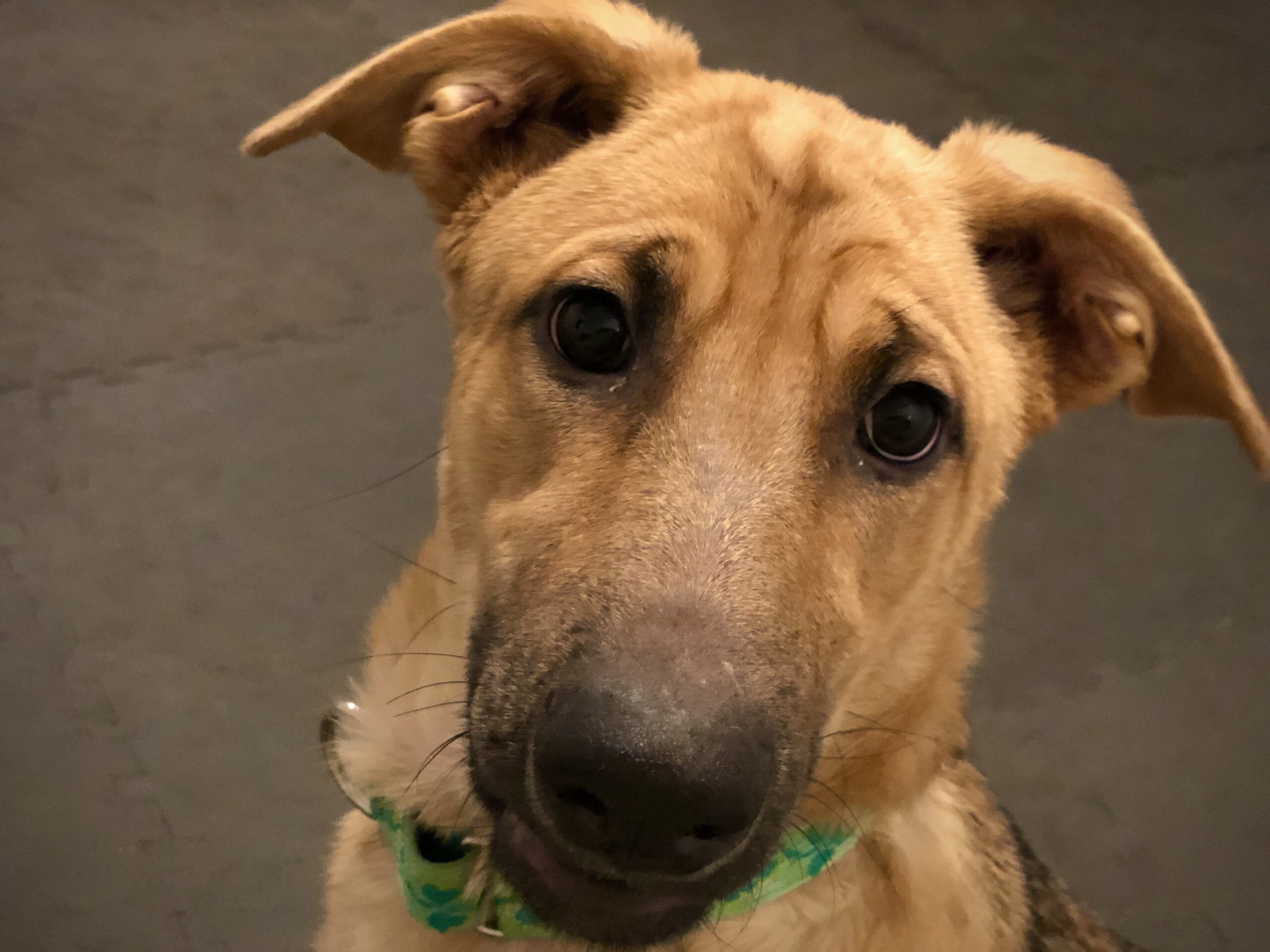First and foremost: Remember that your dog is struggling. They’re not being “bad” to upset you. They are having a hard time and need help.
The trick is to click and treat those brief moments when your dog is not “being a jerk”.
If your dog is just too out of control, start here:
 If you are just generally trying to improve your dog’s behavior, keep your clicker with you during the day and grab those moments that you like. If your dog does a behavior he/she doesn’t know that you’d like to work on at some point, click and treat it. You don’t necessarily have to concentrate on training it right now, but as you reinforce it, the behavior will happen more often.
If you are just generally trying to improve your dog’s behavior, keep your clicker with you during the day and grab those moments that you like. If your dog does a behavior he/she doesn’t know that you’d like to work on at some point, click and treat it. You don’t necessarily have to concentrate on training it right now, but as you reinforce it, the behavior will happen more often.
If your dog is having a specific issue with a trigger or location, do your best to set up training sessions several times a week in controlled environments. The more you set it up so your dog has a high probability of success, the faster you will correct the behavior.
If you have a situation that presents itself where your dog is not so crazy that they cannot take treats (for example, a new person comes to the home who likes dogs and your dog is excited but not frantic) use that situation to practice. If your dog is frantic and won’t take treats, or you have someone who is not comfortable, put your dog in a quiet room with a good bone.
Keep sessions short. Less than 10 minutes. Being calm can hard on your dog!
You should see the unwanted behavior gradually grow less frequent, and then disappear. Work new triggers and locations as they present themselves.